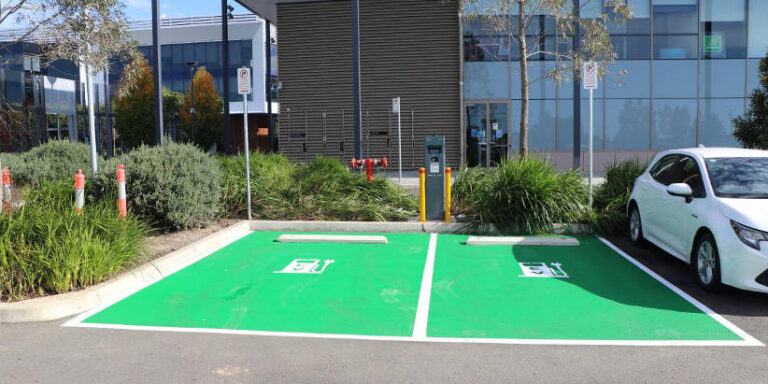During the EV Infrastructure Summit held in Sydney last week, a focused roundtable discussion took place addressing the dynamics of EV charging infrastructure for both tenants and owners within the commercial and residential sector. The roundtable featured a diverse group of participants, including representatives from some of Australia’s largest building development companies, EV charging infrastructure (EVCI) suppliers, and building managers. The primary topic explored the drivers behind the installation of EV charging facilities and how developers are responding to the needs of tenants.
The core question raised during the discussion was what motivates the installation of EV charging infrastructure. Specifically, participants examined how developers decide to meet the increasing demand for tenant EV charging. It became clear that commercial tenant demands significantly influence a developer or owner’s decision to install EV charging stations. For instance, one participant shared a compelling anecdote about securing a 10-year government lease that required the installation of EV charging stations, highlighting how these demands are increasingly required in lease agreements.
Developers are paying close attention to these demands during lease negotiations. Tenants, particularly those with fleet operations, should be considering their charging needs for the next 5 to 10 years and negotiating on this point as part of their lease requirements. Given the current oversupply of commercial buildings in many parts of Australia, these demands are carrying considerable weight in negotiations, shaping how developers and owners approach building amenities.
However, the implementation of EV charging solutions is not without its challenges. A building manager, overseeing both owned and leased properties, expressed difficulties in convincing owners of leased buildings to install necessary EV chargers. Additionally, they noted significant pushback from fire safety inspectors and insurers.
Despite the evident progress internationally regarding the safety of underground carpark charging, participants noted a persistent lack of definitive safety research and reporting. This gap has hindered progress, as insurers and regulators seek more detailed assurances to address their concerns.
Gaurav Malik, Head of Charging Sales for eMobility at Origin and the roundtable moderator, remarked on the uncertainty prevailing in the sector, pointing out that best practices in this area remain “a lot of grey, nothing in black and white.” This statement encapsulated the complexity of integrating EV charging infrastructure in commercial properties, where definitive guidelines and standards are still evolving.
The discussion concluded with a consensus that buildings must be prepared for the advent of EV charging. It was agreed that stakeholders should challenge any barriers to installing charging facilities in basements and other areas of commercial buildings.
Ultimately, the driving force behind these installations is expected to continue coming from commercial tenants. Their current and future demands are shaping how buildings are equipped, making EV charging capabilities a critical feature for attracting and retaining the right tenants.






